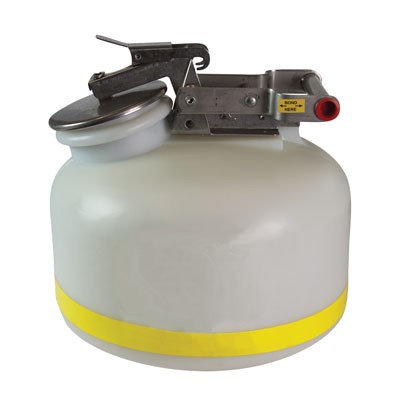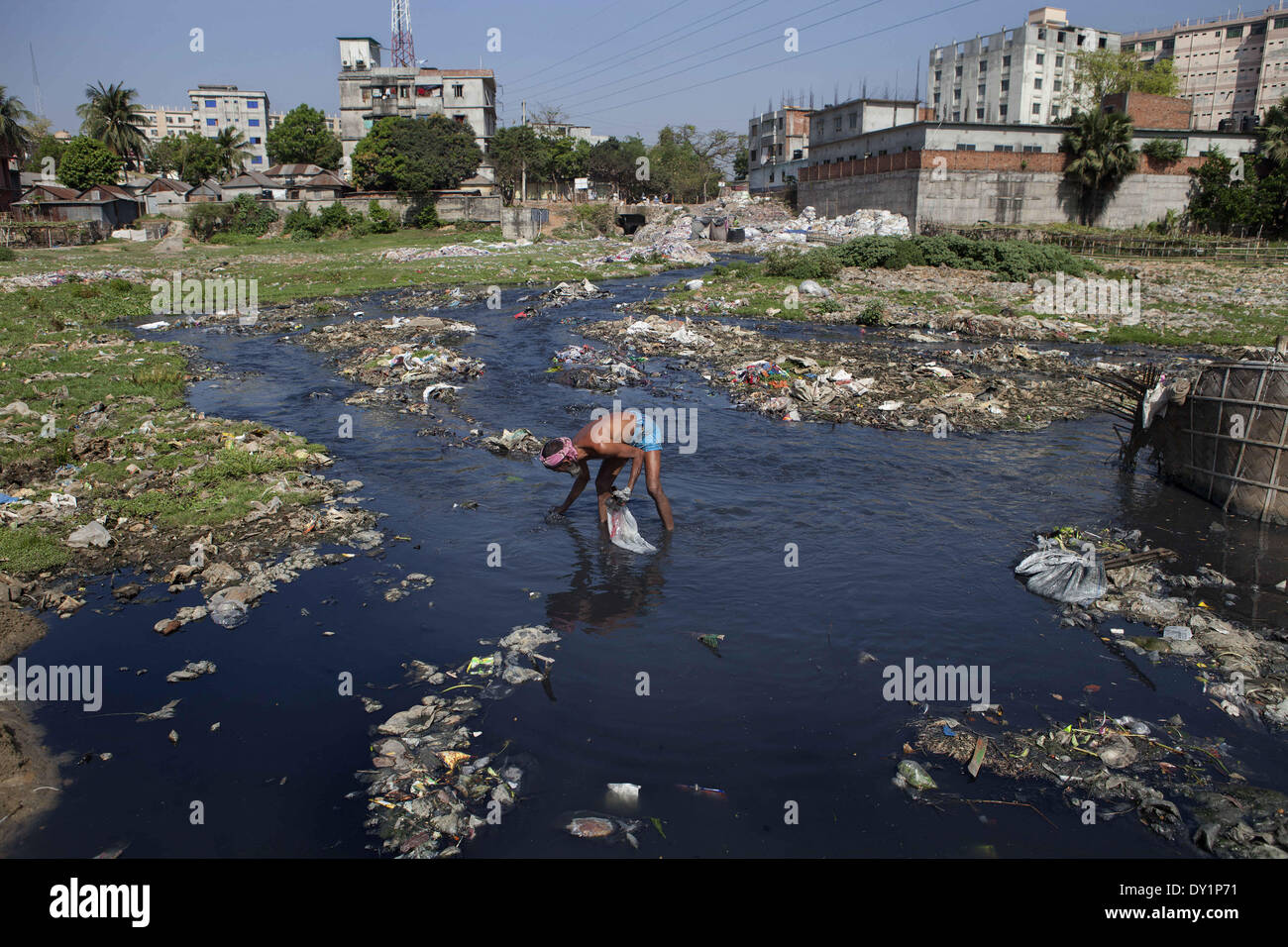Expert Liquid Waste Removal Melbourne: Keeping Your Setting Clean
Expert Liquid Waste Removal Melbourne: Keeping Your Setting Clean
Blog Article
Understanding the Comprehensive Refine of Liquid Garbage Disposal: Ideal Practices and Environmental Impact Factors To Consider
The management of liquid waste disposal is a complex problem that calls for a complete understanding of various best methods and their connected environmental impacts. From the sorts of fluid waste generated to the methods used for collection, treatment, and final disposal, each action plays a critical role in guarding ecological communities and public health. As regulatory requirements develop and modern technology breakthroughs, the conversation around these processes comes to be significantly pertinent. What effects do these changes hold for future sustainability efforts, and just how can stakeholders make certain that they are effectively addressed?
Sorts Of Fluid Waste
Comprehending the different sorts of fluid waste is necessary for efficient monitoring and disposal techniques. Fluid waste can be extensively classified into several kinds, each requiring one-of-a-kind handling and treatment methods.
Industrial fluid waste typically has dangerous materials, including heavy steels, solvents, and chemicals, produced throughout making processes. These wastes require stringent regulative conformity to shield human wellness and the setting. Residential fluid waste mostly refers to wastewater produced from homes, including sewer and greywater, which, although much less harmful, can still pose significant threats if improperly taken care of.
Agricultural liquid waste, including runoff from farms, commonly contains fertilizers and chemicals that can result in environmental deterioration if not dealt with adequately. Clinical fluid waste, generated from medical care facilities, includes infected liquids such as bodily liquids and chemicals, calling for specialized disposal approaches to stop infection and environmental contamination.
Last but not least, oil and grease waste, usually generated by restaurants and vehicle sectors, can cause extreme blockages in sewage system systems if not handled properly. Understanding these groups promotes targeted strategies for therapy, conformity with policies, and effective disposal methods, inevitably promoting environmental sustainability and public health and wellness security.

Collection Methods
Effective collection methods are vital for the appropriate monitoring of liquid waste, making certain that it is collected securely and effectively prior to therapy or disposal. Numerous methods are utilized depending on the sort of fluid waste created, the volume, and the specific qualities of the waste.
One common method is using committed collection containers or sumps, which are developed to capture liquid waste at the source. These systems usually include pumps that facilitate the transfer of waste to bigger storage space containers or therapy centers. In addition, mobile collection devices outfitted with vacuum cleaner modern technology are used in scenarios where waste is generated intermittently or in hard-to-reach locations.
For industrial setups, closed-loop systems can efficiently lessen spills and leakages, permitting the healing and reuse of liquid waste. It is additionally important to educate workers on correct collection protocols to mitigate threats related to unsafe materials.
In addition, applying normal upkeep routines for collection devices makes certain ideal performance and security. The assimilation of advanced tracking systems can improve collection performance by offering real-time information on waste levels and potential threats. Generally, effective collection approaches are foundational to sustainable fluid waste management practices.
Therapy Processes
Treatment processes play a vital role in the monitoring of fluid waste, changing possibly hazardous products right into recyclable sources or risk-free effluents - liquid waste disposal. These procedures can be broadly categorized right into physical, chemical, and organic techniques, each tailored to attend to details pollutants present in the waste stream
Physical therapy techniques, such as sedimentation click for more and purification, job by removing suspended solids and particle issue. These methods are commonly the initial step in the treatment chain, properly decreasing the load on subsequent processes. Chemical therapies entail making use of reagents to reduce the effects of unsafe substances, precipitate hefty steels, or oxidize organic contaminants, consequently boosting the safety and security of the effluent.
Biological therapy procedures, consisting of triggered sludge systems and anaerobic food digestion, profit from the natural abilities of microbes to break down natural matter. These approaches are especially reliable for wastewater containing eco-friendly toxins. Advanced treatment technologies, such as membrane filtration and progressed oxidation procedures, are progressively used to accomplish greater degrees of purification.
Incorporating a combination of these treatment approaches not only makes sure compliance with regulative criteria but likewise promotes ecological sustainability by recouping useful sources from liquid waste.
Disposal Options
Just how can organizations make certain the safe and responsible disposal of liquid waste? Effective disposal options are important for securing public wellness and the environment. The main techniques consist of land disposal, therapy, and incineration adhered to by discharge into local wastewater systems.
Land disposal includes the mindful control of liquid waste in marked landfills, guaranteeing that it does not seep into bordering soil or water. Incineration, on the other hand, subjects liquid waste to heats, transforming it right into ash and gases, which need appropriate filtration to minimize emissions. This method appropriates for contaminateds materials that can not be dealt with with typical means.
In instances where liquid waste can be dealt with, organizations may select chemical or organic treatment processes to neutralize damaging elements before releasing the treated effluent right into municipal systems. This route typically straightens with regulative needs, making certain that why not try here the effluent satisfies security standards.
Ultimately, organizations should conduct detailed evaluations of each disposal option to identify its viability, considering aspects such as waste structure, governing conformity, and possible dangers to wellness and the atmosphere. By choosing appropriate disposal techniques, organizations can add to an accountable waste monitoring approach.
Ecological Impact
The environmental impact of fluid waste disposal is a crucial consideration for companies seeking to reduce their ecological impact. Additionally, the discharge of untreated or inadequately dealt with waste right into surface waters can result in eutrophication, leading to oxygen depletion and the succeeding fatality of fish and various other organisms.

To alleviate these impacts, organizations should take on best techniques such as applying strenuous waste therapy processes, promoting recycling and reuse, and adhering to governing criteria. By taking an aggressive approach to fluid waste monitoring, entities can considerably reduce their environmental footprint while sustaining lasting advancement objectives. Ultimately, a thorough understanding of the ecological impacts related to fluid waste disposal is essential for informed decision-making and responsible stewardship of natural deposits.
Verdict
Effective monitoring of liquid waste is vital for securing ecological integrity and public health. By taking on finest techniques in disposal, collection, and therapy, together with adherence to governing criteria, the possibility for unsafe contamination of communities can be significantly decreased. Continuous advancements in modern technology and procedures contribute to lasting waste administration initiatives. Eventually, a detailed understanding of fluid garbage disposal not just minimizes environmental effects yet also promotes a commitment to liable source administration and ecological stewardship.
The management of liquid waste disposal is a complex issue that requires a thorough understanding of different ideal practices and their linked environmental impacts. From the types of fluid waste generated to the techniques employed for collection, therapy, and final disposal, each step plays a crucial function in guarding ecosystems and public wellness.The ecological influence of liquid waste disposal is a vital factor to consider for companies seeking to reduce their ecological impact. Inevitably, a detailed click for more understanding of the environmental effects connected with liquid waste disposal is vital for informed decision-making and responsible stewardship of natural sources.
Ultimately, an extensive understanding of liquid waste disposal not only mitigates ecological effects however also fosters a commitment to accountable source administration and environmental stewardship.
Report this page